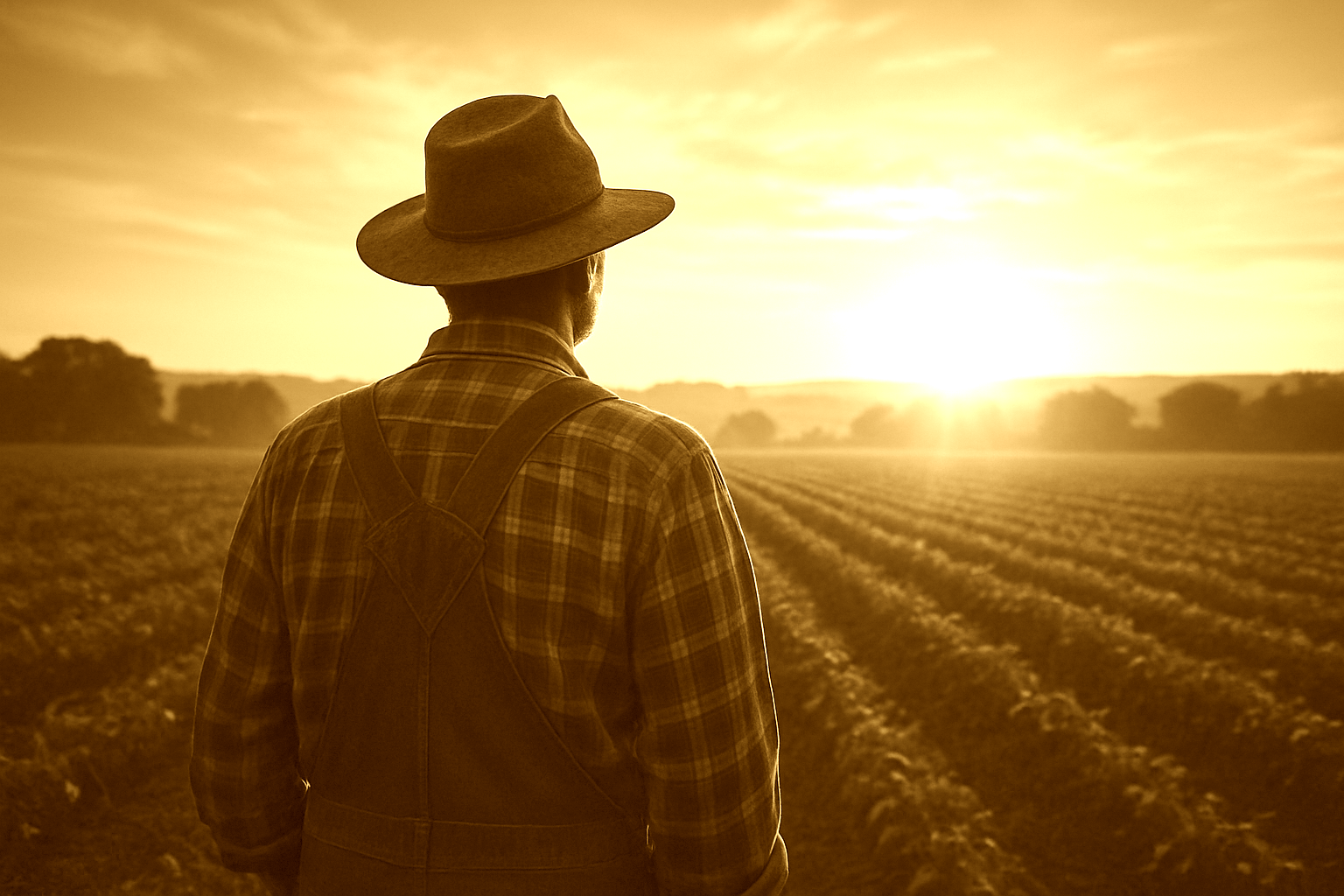Digitalisation: When Technology Lets Farmers Farm Again
There was a time when farming was simple. Not easy, but simple. You woke with the sun, read the weather in the wind, and trusted your experience, your animals, and the rhythm of your land. There was no dashboard telling you the soil’s mood or an algorithm whispering when to plant. The farmer’s mind was the data processor, the field was the screen.
Today, agriculture looks very different. Satellites map every hectare, sensors watch every drop of water, and software predicts yields before the seed even touches soil. It’s extraordinary — the level of insight we have, the potential to use fewer resources and get better results. But if you listen closely to many farmers, there’s also a quiet unease. Somewhere between the spreadsheets and the screens, the heart of farming — that feeling of being in touch with the land — is starting to slip away.
And that’s the paradox.
Technology promises freedom, but too often it delivers another layer of control. Instead of more time in the fields, many farmers find themselves stuck behind screens, clicking through dashboards and compliance forms. Farming has become a world of apps and updates, where data drives everything — except the human spirit that once drove farming itself.
Yet, there’s hope. Because the problem isn’t technology — it’s how we use it.
Digitalisation should serve the farmer, not the other way around. It should take away the noise, not add more. It should make decisions easier, not force new dependencies. The goal is not to replace intuition with automation, but to give that intuition more power, more accuracy, and more reach. Imagine tools that do the admin quietly in the background while you get back to what you love — walking the fields, watching crops grow, making decisions from the gut, with good data as your ally, not your master.
When technology becomes invisible, farming becomes human again.
The same truth applies to people in agribusiness and sales. Just as farmers risk losing touch with the land, salespeople risk losing touch with people. Every new digital platform promises efficiency — automated messages, predictive analytics, lead scoring — all the buzzwords that make the PowerPoint slides look smart. But efficiency isn’t the same as connection.
And connection, as any seasoned salesperson knows, is what truly moves markets.
When you sit down with a farmer over a cup of coffee, listen to their story, and share yours — that’s not inefficiency. That’s trust-building. It’s the difference between a transaction and a relationship. No app can replicate a handshake, a shared laugh, or the quiet honesty that builds between people who genuinely listen to each other.
The trap of digitalisation in sales is subtle. It starts as a time-saver, but soon you find the technology shaping your conversations instead of supporting them. Emails replace visits, automated updates replace real dialogue, and soon you’re “managing relationships” through CRM dashboards instead of living them in the field.
Farmers can feel it too. They can tell when a salesperson is just ticking boxes or reading from a system. Authenticity doesn’t come from data — it comes from presence.
So here’s the lesson both farmers and sales professionals need to remember: technology should amplify your human touch, not replace it. The most powerful tool in agriculture — and in agribusiness — is still the human being who cares, listens, and understands.
Farming is entering an era of full integration — connected supply chains, transparent traceability, automation, and data-driven decision-making. But in that same world, what will set people apart is not how digital they are, but how human they remain.
Because at the end of the day, whether it’s a farmer in a field or a salesperson on the road, success still comes down to the same thing — trust is built through real relationships.
(Yes, the image above is AI-generated — just for the sake of it. Normally, we don’t do that.)
